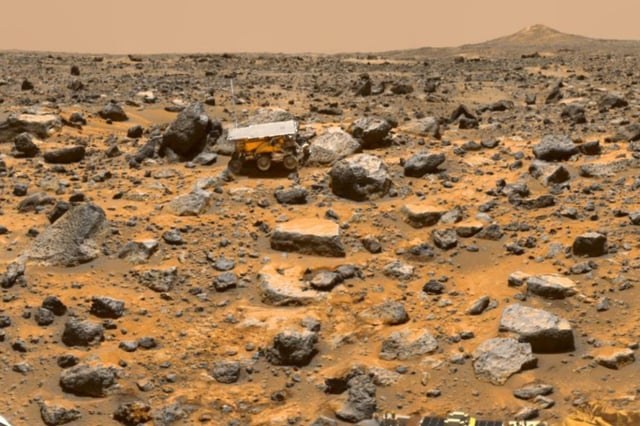Overview
- NASA’s MAVEN spacecraft captured the first direct evidence of sputtering, revealing atmospheric atoms being knocked into space by solar wind ions.
- Data from MAVEN’s Solar Wind Ion Analyzer, Magnetometer and Neutral Gas and Ion Mass Spectrometer allowed precise mapping of argon ejections across Mars’ dayside and nightside.
- The sputtering process operates at a rate four times higher than earlier estimates and intensifies during periods of heightened solar storm activity.
- Direct measurements confirm that sputtering played a major role in stripping Mars’ atmosphere and triggering the loss of surface water after the planet lost its global magnetic field.
- Variations in argon density above 350 kilometers altitude aligned with changes in the solar wind electric field orientation, pinpointing active sputtering sites.

